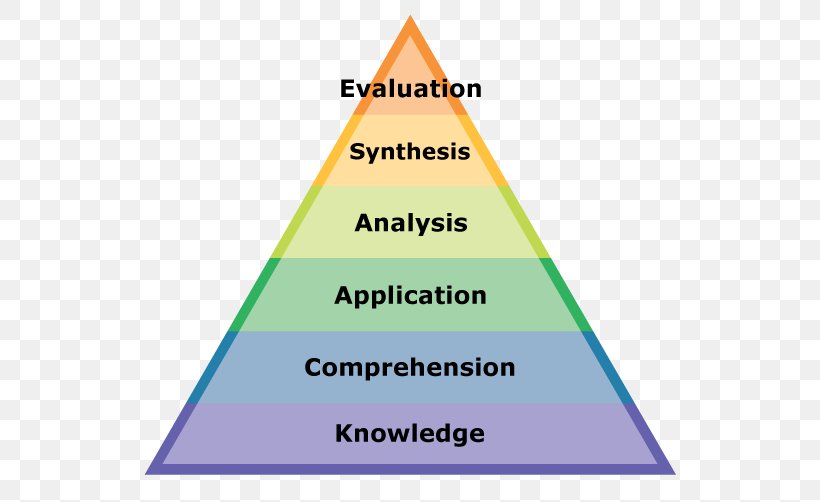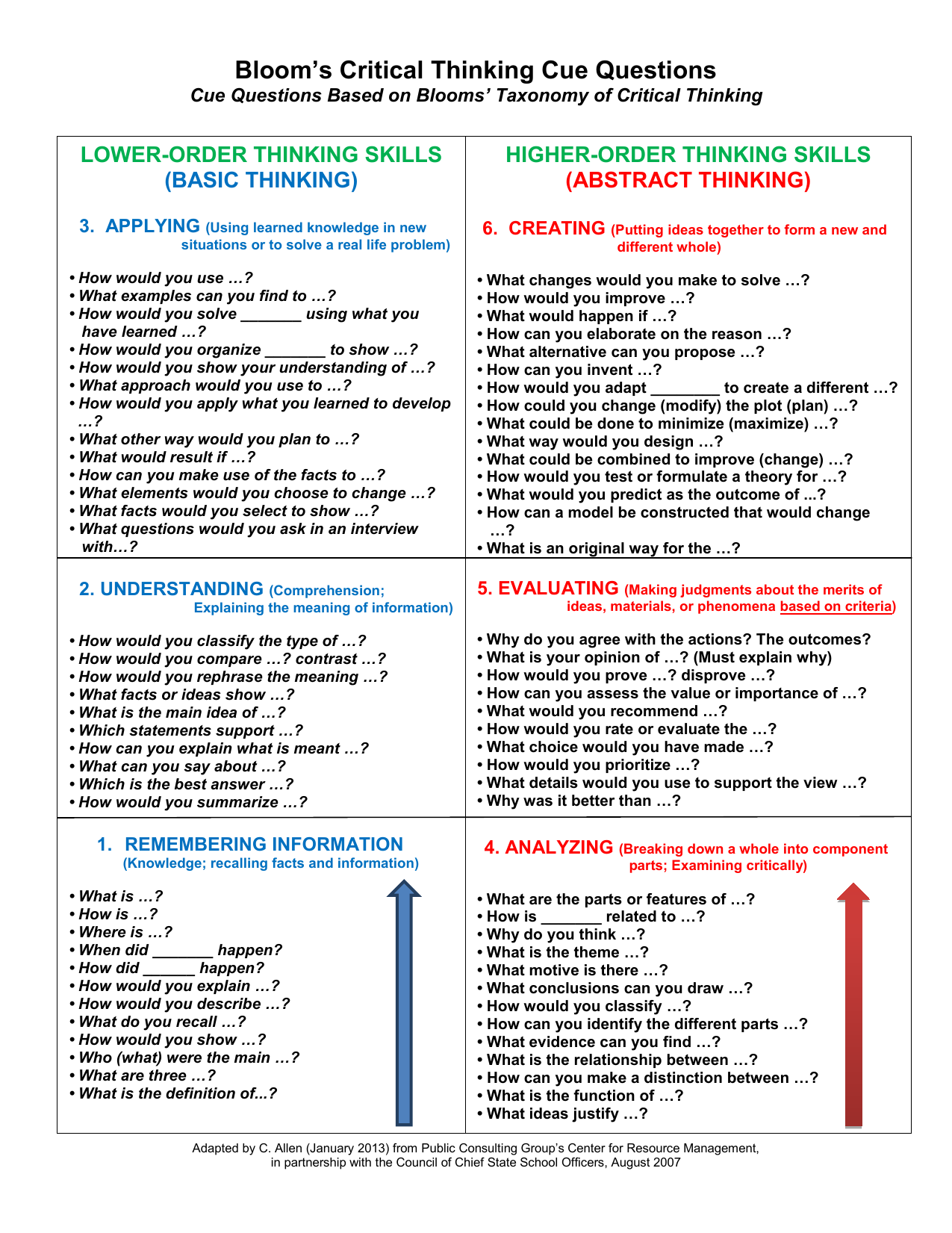Do you want to find 'taxonomy critical thinking'? Here you can find questions and answers on the topic.
Bloom's taxonomy is letter a long-standing cognitive fabric that categorizes acute reasoning in club to help educators set more chiseled learning goals. Benjamin BloomBenjamin Samuel Salad days was an North American country educational psychologist WHO made contributions to the classification of educational objectives and to the hypothesis of mastery acquisition. He is in particular noted for in the lead educational psychologists to develop the umbrella system of describing and assessing …, an American instructive psychologist, developed this pyramid to delineate levels of grave thinking required away a task.
Table of contents
- Taxonomy critical thinking in 2021
- What is critical thinking
- Benefits of bloom's taxonomy in the classroom pdf
- Bloom's taxonomy examples
- Bloom's taxonomy questions pdf
- Bloom's taxonomy critical thinking questions
- What is the main purpose of bloom's taxonomy
- Bloom's taxonomy: critical thinking levels
Taxonomy critical thinking in 2021
 This picture shows taxonomy critical thinking.
This picture shows taxonomy critical thinking.
What is critical thinking
 This image demonstrates What is critical thinking.
This image demonstrates What is critical thinking.
Benefits of bloom's taxonomy in the classroom pdf
 This picture representes Benefits of bloom's taxonomy in the classroom pdf.
This picture representes Benefits of bloom's taxonomy in the classroom pdf.
Bloom's taxonomy examples
 This image illustrates Bloom's taxonomy examples.
This image illustrates Bloom's taxonomy examples.
Bloom's taxonomy questions pdf
 This picture representes Bloom's taxonomy questions pdf.
This picture representes Bloom's taxonomy questions pdf.
Bloom's taxonomy critical thinking questions
 This picture demonstrates Bloom's taxonomy critical thinking questions.
This picture demonstrates Bloom's taxonomy critical thinking questions.
What is the main purpose of bloom's taxonomy
 This picture demonstrates What is the main purpose of bloom's taxonomy.
This picture demonstrates What is the main purpose of bloom's taxonomy.
Bloom's taxonomy: critical thinking levels
 This image illustrates Bloom's taxonomy: critical thinking levels.
This image illustrates Bloom's taxonomy: critical thinking levels.
How to facilitate critical thinking in an individual?
The most effective way to facilitate critical thinking in an individual is to ask questions. Refer to the cognitive levels in Bloom's to formulate the questions. Questions that will ensure a student is using lower order thinking in problem solving start with keywords such as "who," "what," "why," and "when."
Why do we need a taxonomy of reflection?
Likewise teachers and principals need encouragement and opportunities to think more reflectively about their craft. In an effort to help schools become more reflective learning environments, I’ve developed this “Taxonomy of Reflection.” – modeled on Bloom’s approach.
How does bloom's taxonomy relate to critical thinking information?
Bloom's taxonomy is a very well-known classification of learning. Educators use Bloom's when creating curriculum as a way of defining the level of cognitive thinking skills they want students to exhibit when learning specific material.
How are critical thinking skills related to higher order thinking?
Critical Thinking Skills. Critical thinking skills are an integral part of both higher and lower order thinking as defined by Bloom. Critical thinking itself is defined as having two components: 1) skills to generate information (lower order thinking) and 2) using those skills to guide behavior (higher order thinking).
Last Update: Oct 2021